9 things to consider before using pesticide in your yard
If you’re trying to grow or maintain a lush, green lawn or the perfect garden, there are enemies to contend with. For example, invasive plants, insects, and critters tend to love your yard as much (if not more) than you do, and they’re quite diligent in their efforts to take up residence on your property.
A pesticide can help you manage some of these problems. Pesticides contain active ingredients, which may be conventional, antimicrobial, or biopesticides. They also contain inert or inactive ingredients, which can make them easier or safer to apply, extend shelf life, etc.
“Pesticides and herbicides are chemicals that can help control pests, vegetation, and diseases in plants,” explains Christopher S. Raimondi, CEO/president at Raimondi Horticultural Group in Ho-Ho-Kus, NJ. However, he says that can negatively impact the environment, human health, and other organisms.
In fact, according to the National Institute of Environment Health Sciences, pesticides can increase the risk of developing a variety of health conditions, including Parkinson’s disease, kidney disease, shingles, thyroid disease – and is also associated with the loss of the sense of smell.
Also, when improperly used, pesticides can actually thwart your best efforts and render your treatment ineffective. Whether it’s herbicides, insecticides, or fungicides, consider these 9 factors before using pesticides.
1. Pesticide laws
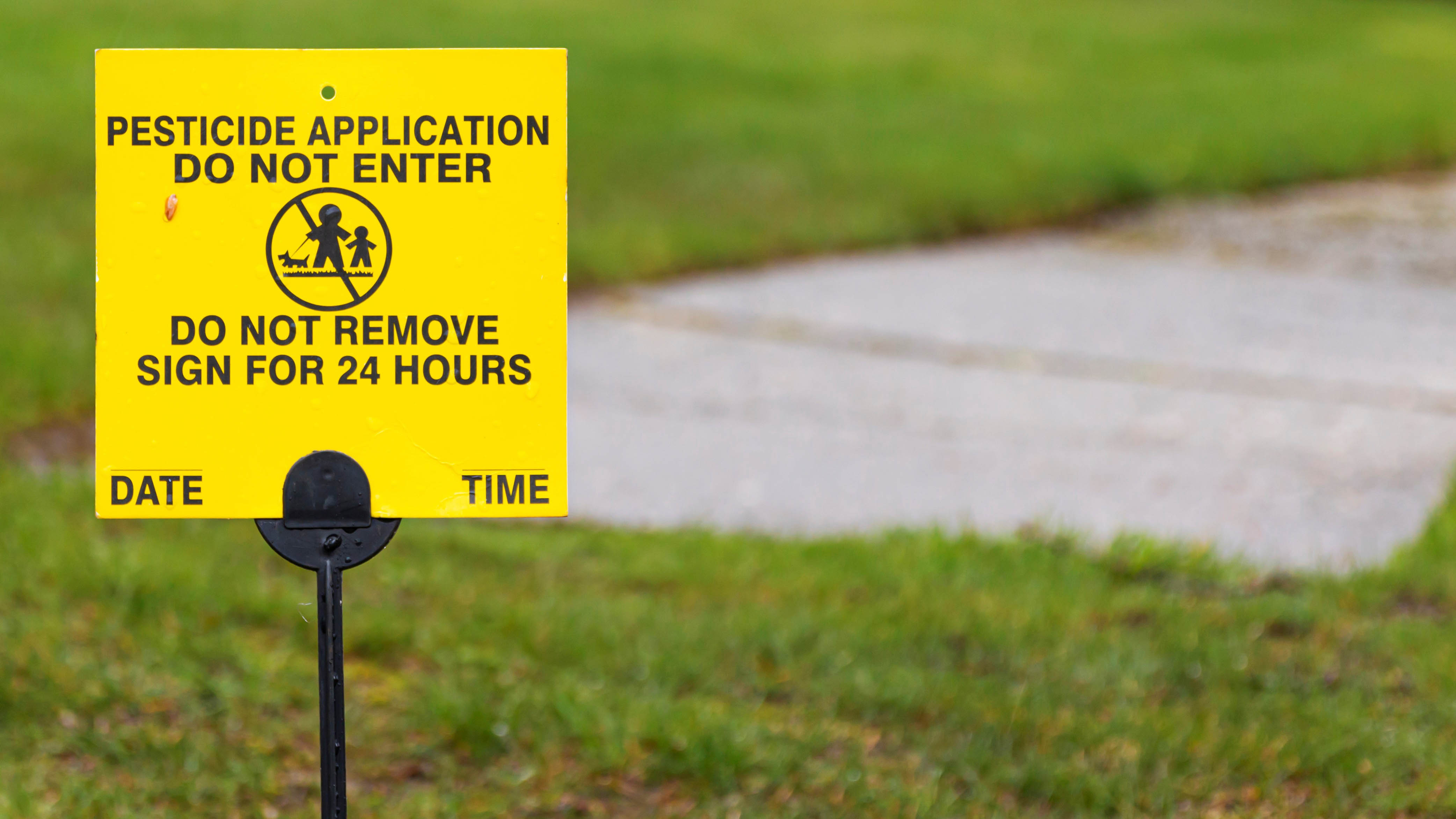
Because pesticides can have far-reaching effects, they are regulated by the EPA (US Environmental Protection Agency) though the Federal, Insecticide Fungicide, and Rodenticide Act of 1996. “Legally, anyone applying the pesticide must read the label and adhere to the label when applying,” warns Thomas Dobrinska, board-certified entomologist at Ehrlich Pest Control. And that’s why he’s more likely to recommend using a professional for legal and effective treatment.
This view is shared by Gene Caballero, co-founder of GreenPal in Nashville, TN, who advises familiarizing yourself with local regulations and restrictions regarding pesticide use. “Some pesticides may require special licenses or permits for application, so ensure that you’re in compliance with applicable laws and guidelines to avoid legal issues.”
2. Identification
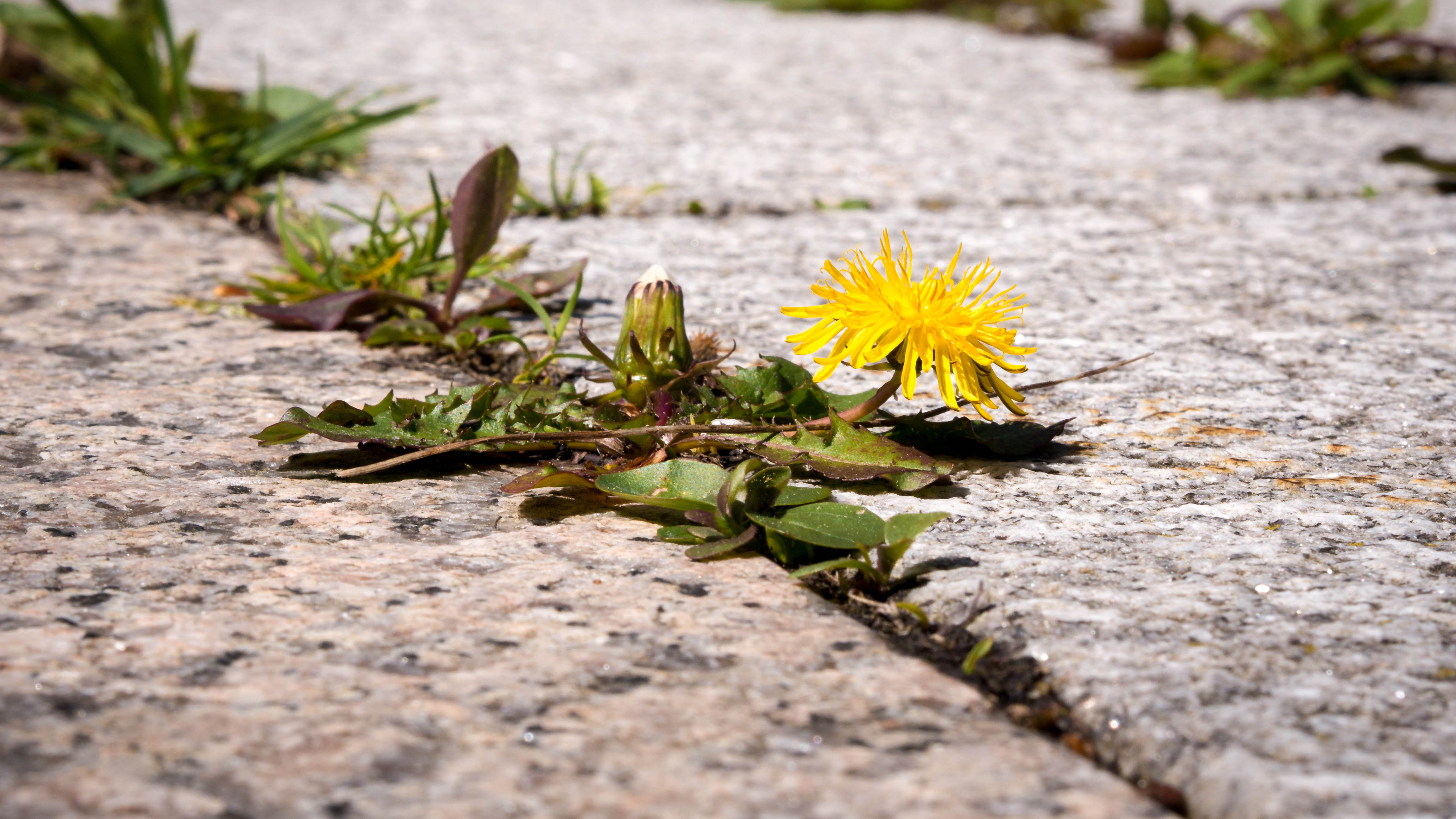
Identify the specific reason you’re considering the use of a pesticide so you can choose the right one. For example, herbicides are used to kill weeds, insecticides are used to kill insects, and fungicides are used to kill fungi.
And beyond that, you’ll also need to identify the specific problem you’re dealing with. Let’s say you’re using pesticides for pest control. “Different pests may require different types of pesticides or alternative control methods,” Caballero says. By accurately identifying the pest, you’re more likely to choose the best solutions.
Here’s something else to consider as it relates to your yard: you need to determine what type of grass you have – and whether it needs seeding. “Some pesticides can harm grass seeds and prevent them from germinating,” warns Raimondi. He recommends checking the pesticide label to see if it is compatible with your grass type and if it has any seeding restrictions. “If you plan to seed your lawn after applying a pesticide or herbicide, you should wait for the recommended interval between the application and the seeding.”
3. Surface considerations

The location of the pesticide treatment can determine both its effectiveness and potential to cause unintended harm. “Is the area that you consider treating potentially exposed, which in turn may be potentially harmful to children, pets, non-target species and pollinators?” asks Dobrinska. When in doubt, he recommends applying the pesticide to areas that will be effective and out of the way.
“These types of areas include under enclosed porches, under rocks and pavers (ant nests) and under dense vegetation – and also follow the label,” Dobrinska advises.
4. Environmental impact
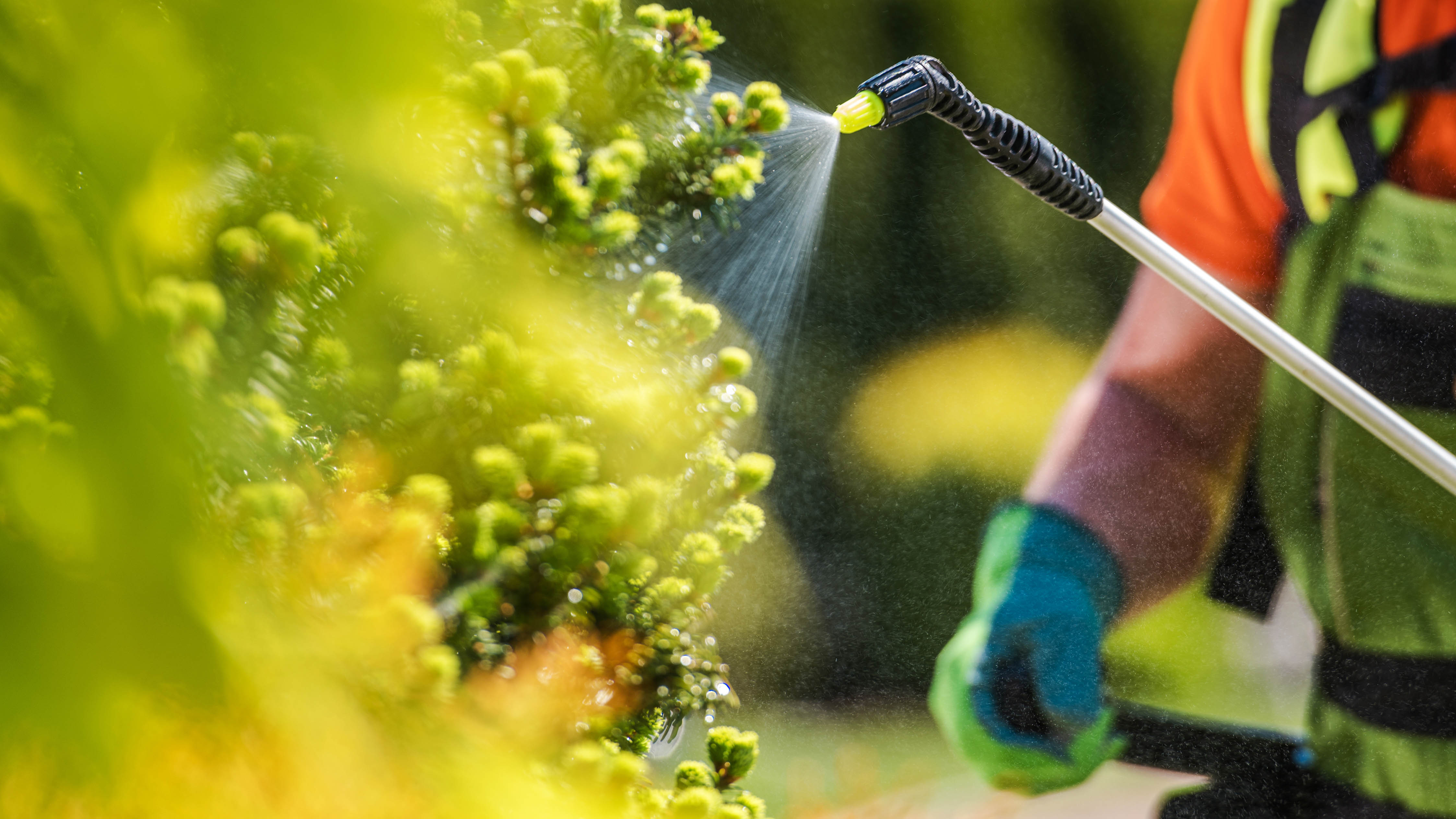
Another surface area concern involves the potential for runoff. “Depending on the type of pesticide, impervious surfaces such as concrete cannot be treated as this can lead to water contamination,” Dobrinska warns. However, he says you can apply pesticide to cracks and crevices, as well as soil areas.
Another consideration is the long-term environmental impact. “Some chemicals may persist in the environment or accumulate in the food chain,” warns Caballero. “Consider the overall impact on biodiversity, soil health, and human health when making decisions about pesticide use.” He recommends choosing products that are environmentally friendly, or at least have a lower effect on the ecosystem.
5. Weather conditions
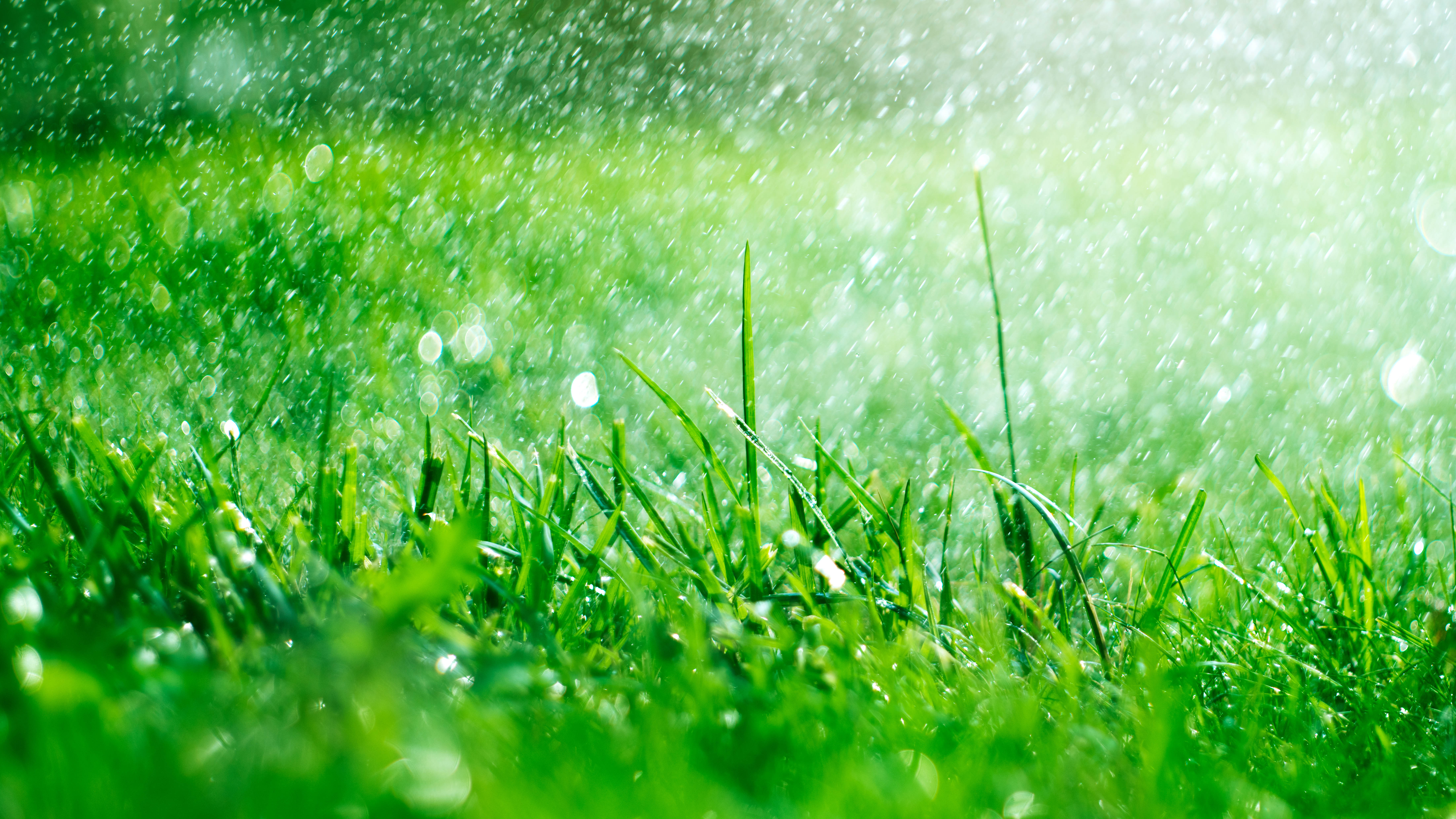
Weather conditions can create or exacerbate the potential for runoff. “Avoid applying pesticides during windy or rainy conditions to prevent drift and runoff, which can lead to unintended consequences,” says Caballero.
So, what’s the big deal with runoff or drift? Raimondi explains that it can allow pesticides to contaminate water sources, soil, air, and wildlife. “Definitely avoid applying pesticides when it is windy, rainy, or hot, as these conditions can increase the chances of pesticide movement,” he says.
6. Plant injury
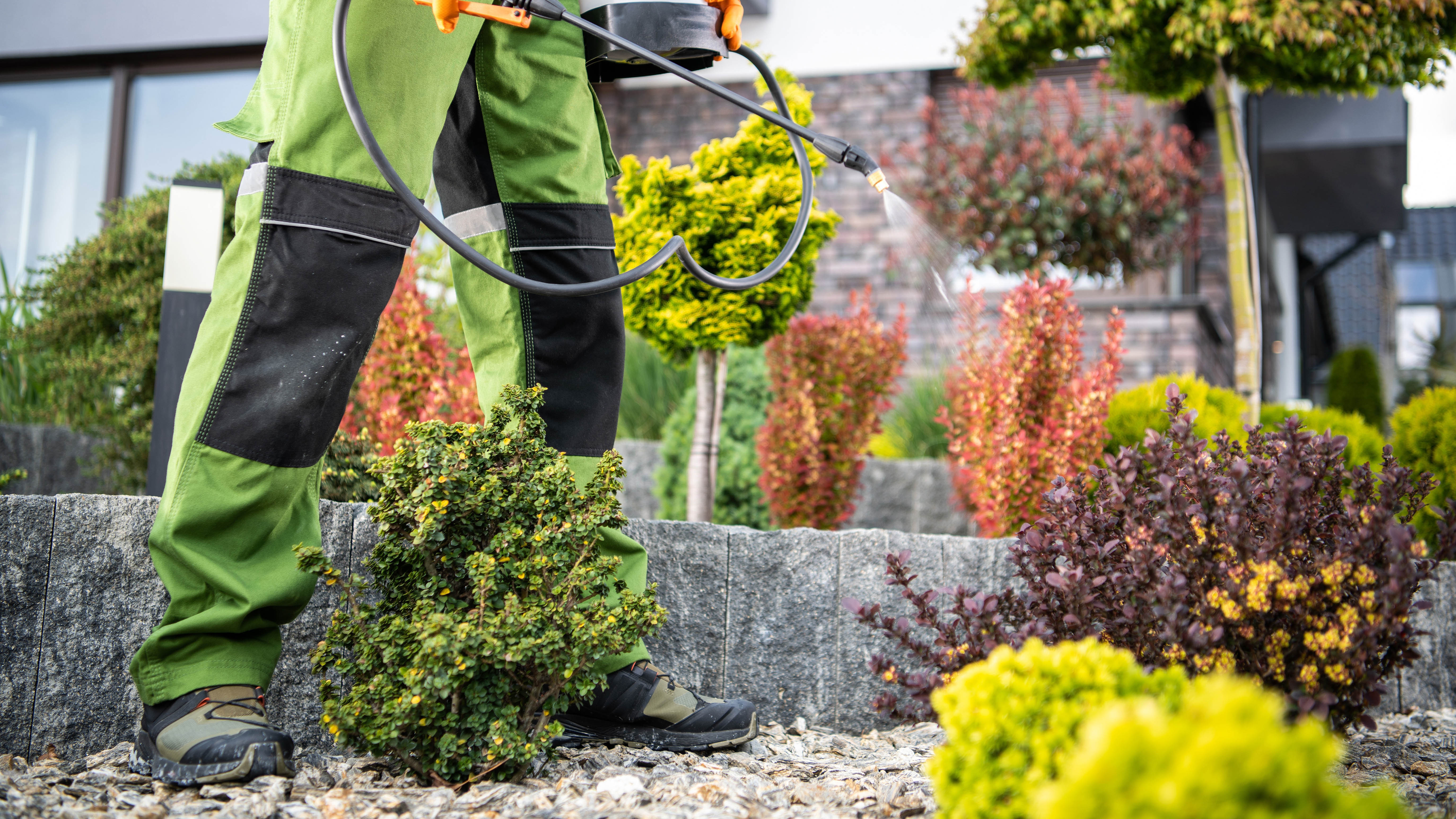
Other types of weather conditions also play a role in the effectiveness of the pesticide. According to Dobrinska, light, humidity, and temperature can degrade the pesticide, decreasing its efficacy.
In addition, he says some liquid formulas contain essential oil – which can damage plants if not used correctly. “Certain liquid formulations may harm, brown, or burn vegetation especially during the hottest part of the day.” Dobrinska recommends applying liquids in shaded areas or consider using insect bait materials instead.
7. Timing
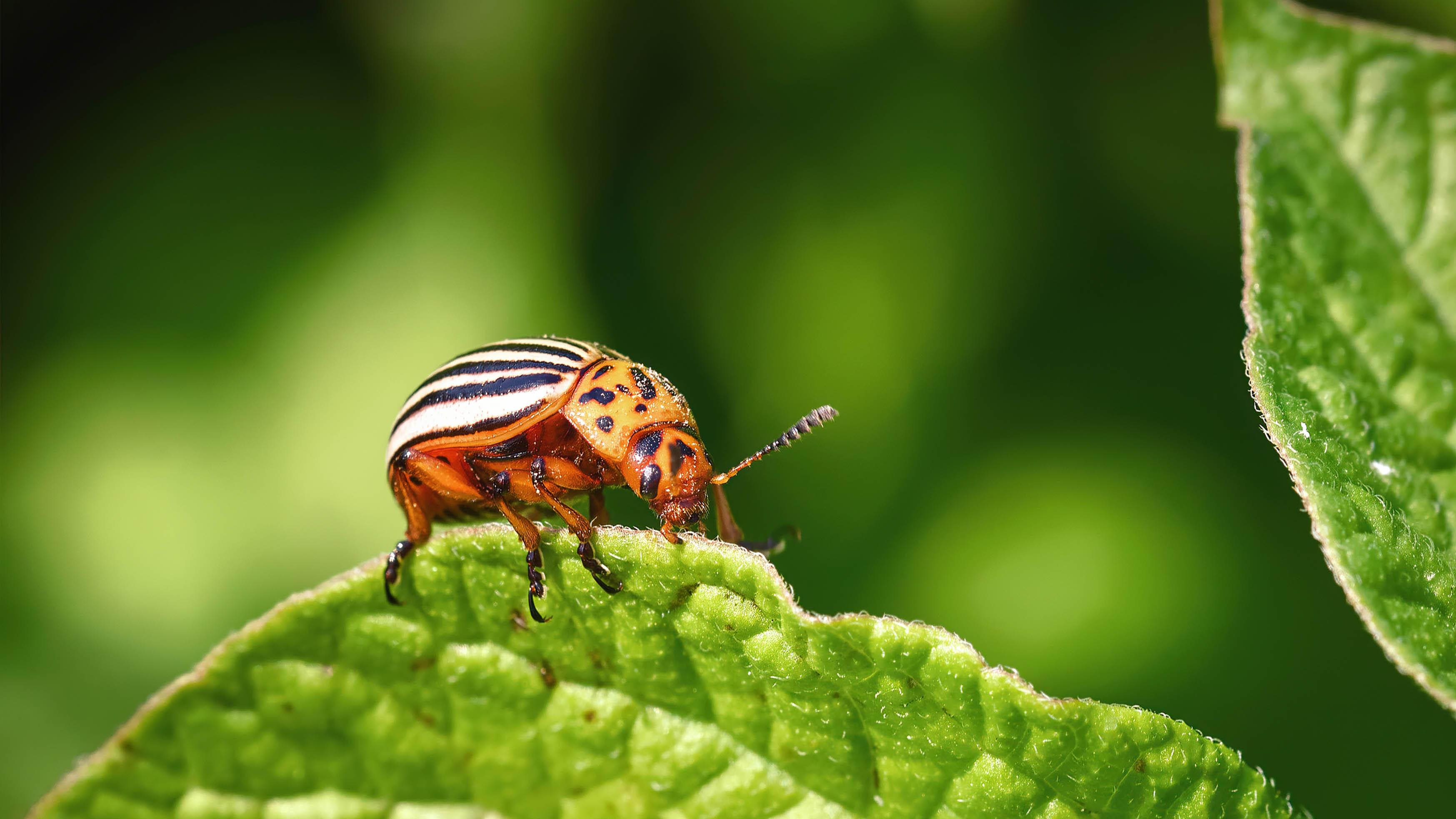
In addition to weather conditions, timing also plays a critical role in the success of pesticides, since plant growth and pest activity varies by season. “Different pests have different life cycles and may be more active or vulnerable at certain times of the year,” Raimondi explains.
He also recommends monitoring plants for signs of pest damage and only applying pesticides when necessary. “Applying pesticides too frequently or too late can reduce their effectiveness and increase the risk of pest resistance.”
8. Safety
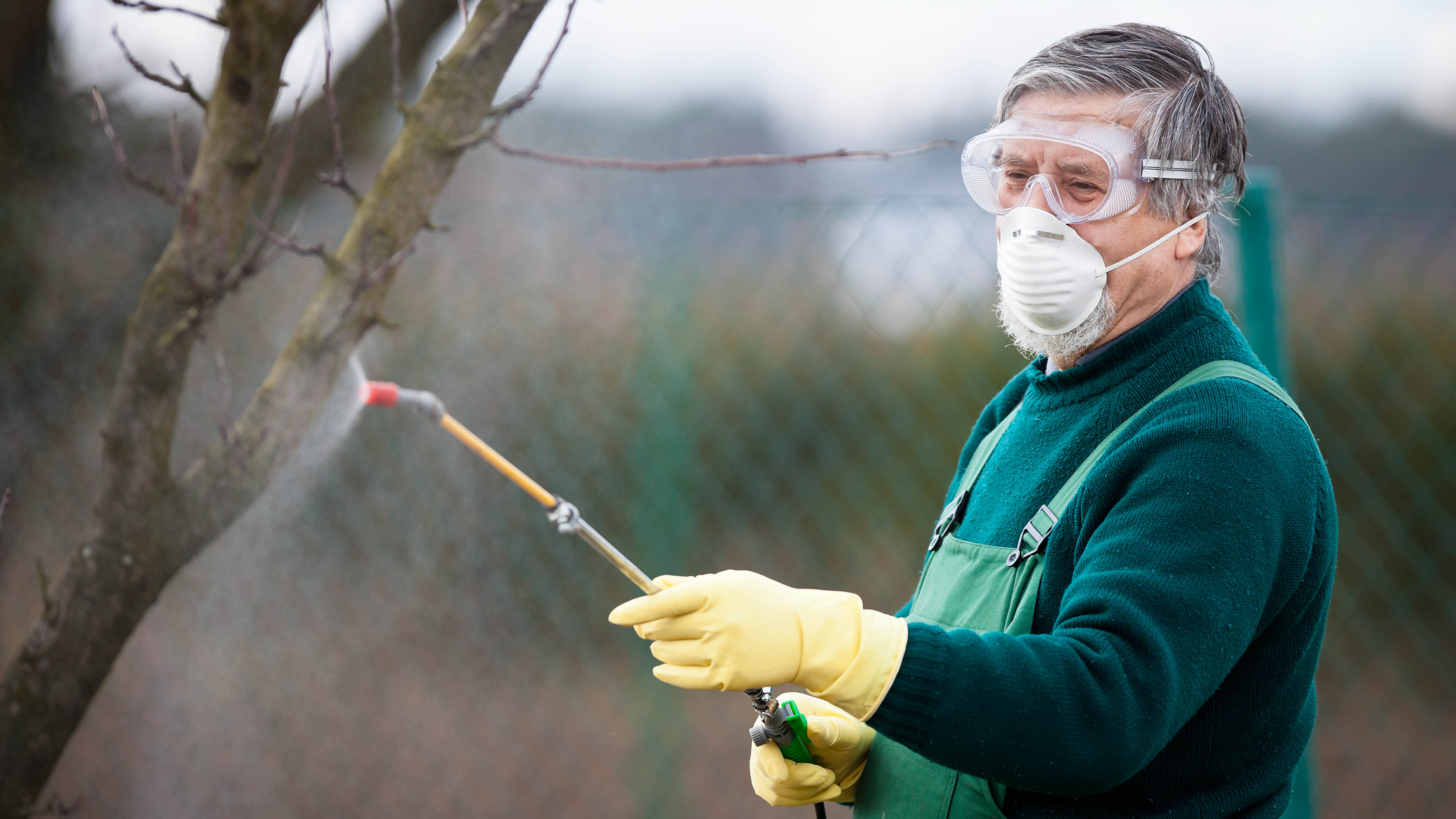
When you’re handling pesticides, ensure that you’re protecting yourself from exposure.
“Wear appropriate personal protective equipment as recommended on the product label, which may include gloves, goggles, respirators, or coveralls, depending on the pesticide’s toxicity and application method,” says Caballero.
9. Pesticide alternatives
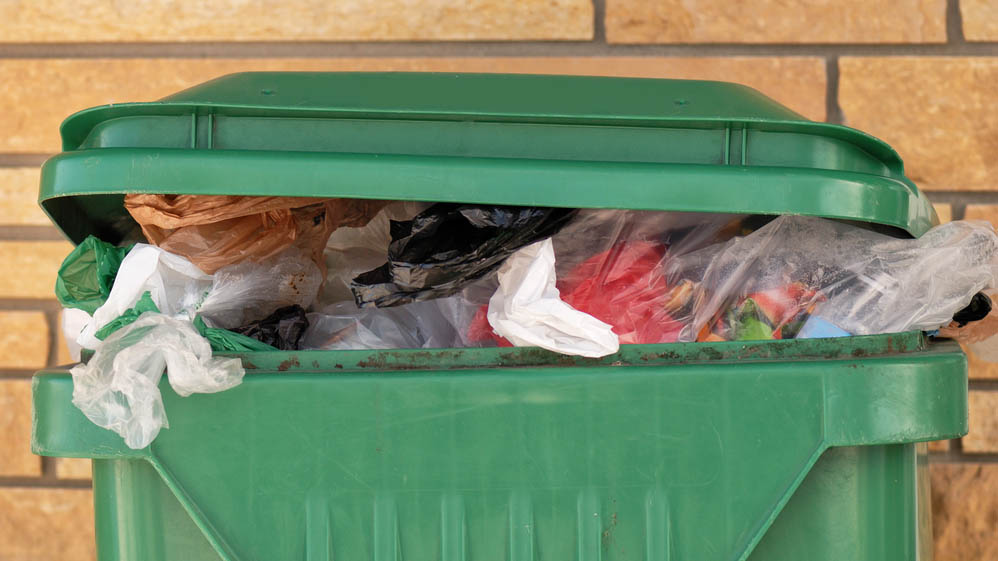
Depending on your problem, Dobrinska recommends making structure, landscape, and sanitation changes first. “Try non-chemical methods first, like sealing small cracks and holes along the foundation to prevent pest entry, removing firewood from along the foundation, and removing any food or trash receptacles from the yard to prevent pest attraction and harborage.” He also recommends trimming back vegetation to prevent easy access to your home.
Caballero also agrees with trying alternative methods before considering chemical pesticides. “I recommend Integrated Pest Management (IPM) techniques, such as using biological controls, cultural practices, or mechanical methods, which can often be effective and more environmentally friendly.” He only advises the use of pesticides as a last resort when other options have been exhausted.
More from Tom’s Guide
For all the latest Technology News Click Here
For the latest news and updates, follow us on Google News.
